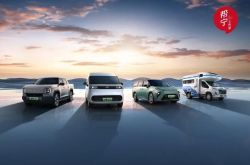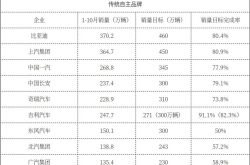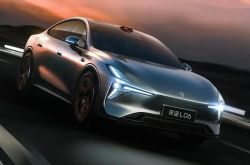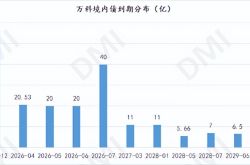Is Yu Chengdong Being 'Encircled'? After Five 'JIE' Brands, Three 'JING' Brands Are on the Rise!
![]() 11/21 2025
11/21 2025
![]() 395
395
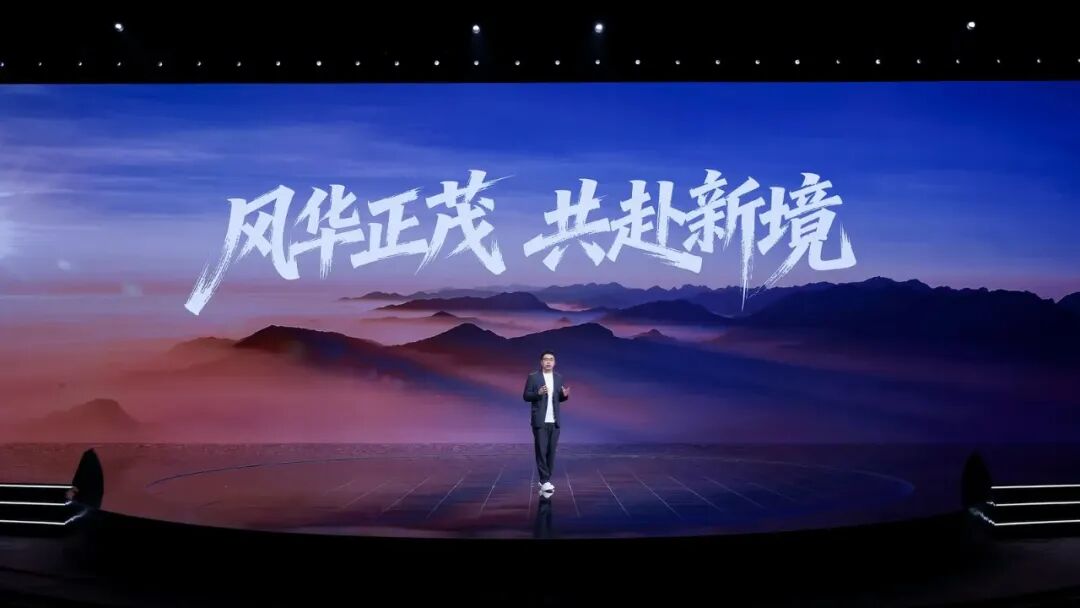
As Huawei's 'JIE' series collaboration with automakers reaches full capacity, the related 'JING' series is now welcoming more automakers into the fold.
On the evening of November 20th, during Huawei's '2025 Huawei ADS 3.0 Ecosystem Conference', two new additions were made to Huawei's 'JIE' series: Qijing, a partnership with GAC Group, and Yijing, a collaboration with Dongfeng Motor Corporation, were both unveiled.
Following the joint launch of the 'Huajing' brand with SAIC-GM-Wuling in September of this year, Huawei's 'JING' series has grown to encompass three brands in a mere three months.
'One is spearheaded by Yu Chengdong, while the other is under the leadership of Xu Zhijun, showcasing two distinct cooperation models,' remarked some netizens. Others added, 'The internal rivalry at Huawei remains intense. Witnessing Yu Chengdong's triumph, others are now joining the fray.'
Some netizens also pointed out that Huawei's automotive business unit, previously overseen by Xu Zhijun, didn't achieve success, but Yu Chengdong turned it around, and now others are attempting to vie for a share. Another netizen commented, 'They're adept at reaping the rewards without having sown the seeds.'
Public records reveal that Huawei's automotive business was initially helmed by Wang Jun. In 2019, Huawei established its Intelligent Automotive Solution Business Unit (BU), with Wang Jun as its inaugural president. In 2020, Huawei introduced its 'HI' (Huawei Inside) brand for intelligent automotive solutions. However, due to the underwhelming market performance of ARCFOX and Avatr under the HI model, Yu Chengdong assumed the role of CEO of the automotive BU in 2021 and vigorously championed the Smart Selection Model.

Following Wang Jun's departure from Huawei in 2023, Jin Yuzhi succeeded him, while Xu Zhijun, Huawei's rotating and deputy chairman, continued to be a staunch advocate of this model.
Thus, from an external vantage point, Huawei's internal competitive mechanism has made the rivalry between the two models quite apparent.
The external speculation surrounding Huawei's simultaneous launch of two 'JING' series brands primarily arises from the current market share of the two models in the automotive sector.
At the conference, Yu Chengdong, Huawei's Executive Director and Chairman of the Terminal BG, disclosed that by the end of October, the cumulative deliveries of all models under Hongmeng Smart Travel had surpassed 1 million units, a milestone achieved over 43 months. Meanwhile, Jin Yuzhi, CEO of Huawei's Intelligent Automotive Solution BU, announced that as of October this year, the monthly sales of models equipped with Huawei ADS 3.0 had exceeded 100,000 units.
Based on the current outcomes, Yu Chengdong's Smart Selection Model clearly holds the advantage over Jin Yuzhi's Hi Mode.
With the introduction of Qijing and Yijing, Xu Zhijun does not appear to be relenting. Instead, he aims to bridge the gap with Yu Chengdong's Smart Selection Model through the Hi Plus Mode, with the intention of capturing a larger market share and attracting more partners.

Official information indicates that Feng Xingya, Chairman of GAC Group, stated that Huawei and the Qijing team adopted a co-located office approach. Several hundred Huawei personnel from various departments, including product development and marketing, were stationed on-site to work in tandem with the GAC team, deeply engaging in the entire product lifecycle from definition to development and marketing.
Dongfeng's collaboration with Huawei on the Yijing brand represents a novel industry cooperation model of 'joint definition, joint development, and joint office.' Huawei fully leverages its product development and operational system capabilities, collaborating extensively with Dongfeng throughout the entire process, from product definition and design to research and development, supply chain, and production.
From product definition, design, and research and development to the supply chain, manufacturing, and marketing, Huawei's team is intimately involved. The primary distinction between this model and Yu Chengdong's Smart Selection Model lies in the fact that the former's product sales still depend on the automaker's distribution channels, while the latter utilizes Huawei's terminal channels.
In reality, the difference in marketing channels has minimal impact on consumers' purchasing decisions, as many individuals opt for the 'JIE' series brands primarily due to Huawei's intelligent driving capabilities.

However, judging by the marketing strategies employed for the new cars in the five 'JIE' series brands, such as AITO and STELATO, Huawei's marketing prowess is quite evident. This also constitutes one of the key competitive strengths of Yu Chengdong's Smart Selection Model in successfully penetrating the automotive market.
At last night's conference, Huawei outlined its strategy for expanding into the automotive market, utilizing 'ADS 3.0' intelligent driving and Hongmeng cockpit systems as its technological cornerstone, along with the Hi Plus Mode, Smart Selection Mode, and Hi Mode.
As the HI Mode, which has been at a disadvantage, further evolves into the Hi PLUS Mode, its cooperation model with automakers becomes highly akin to the Smart Selection Model. Can the Hi PLUS Mode outperform Yu Chengdong's Smart Selection Model this time around? Regardless of which side emerges victorious, Huawei stands to be the biggest beneficiary.
END
This article solely reflects the personal views of the author. Some images are sourced from the internet and are not intended for commercial use. In case of any infringement, please contact the author.


